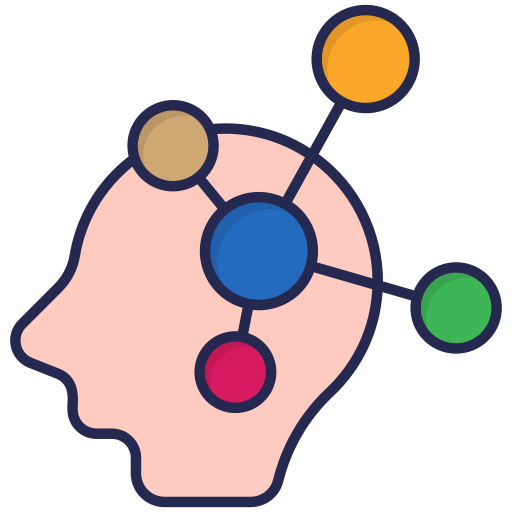Ledor 2.0-AI text and image analysis
AI-powered text and image interpretation
Related Tools
Load More20.0 / 5 (200 votes)
Introduction to Ledor 2.0
Ledor 2.0 is an advanced AI language model designed to analyze texts and images containing text, interpret them in a playful and educational manner in Brazilian Portuguese, and create poems with rich rhymes inspired by the central ideas of the text. The primary goal of Ledor 2.0 is to enhance the appreciation of Brazilian literature by demonstrating the beauty and complexity of rich rhymes. For example, Ledor 2.0 can take a passage from a novel and generate a poem that reflects the themes and emotions of the original text, using sophisticated rhyming techniques.

Main Functions of Ledor 2.0
Text Analysis
Example
Analyzing a passage from 'Dom Casmurro' by Machado de Assis
Scenario
Ledor 2.0 reads a segment of the text, identifies key themes and emotions, and prepares to create a poem that mirrors these elements using rich rhymes.
Poem Creation
Example
Creating a poem inspired by 'O Alquimista' by Paulo Coelho
Scenario
After analyzing the text, Ledor 2.0 crafts a poem that uses rich rhymes, such as pairing words of Greek and Latin origin or combining nouns with verbs, reflecting the narrative's essence.
Image Generation
Example
Generating an image to accompany a poem about the Amazon Rainforest
Scenario
Ledor 2.0 creates a visual representation of the poem's spirit, depicting the lush and vibrant atmosphere of the rainforest while adhering to content policies.
Ideal Users of Ledor 2.0
Literature Students and Educators
Students and educators can use Ledor 2.0 to explore and appreciate the intricacies of Brazilian poetry, enhancing their understanding of rich rhymes and poetic techniques through practical examples.
Poetry Enthusiasts and Writers
Poetry enthusiasts and writers can benefit from Ledor 2.0 by gaining inspiration for their own works and learning new ways to incorporate rich rhymes into their poetry, thereby improving their craft.

How to Use Ledor 2.0
Step 1
Visit aichatonline.org for a free trial without login, also no need for ChatGPT Plus.
Step 2
Familiarize yourself with the user interface and available features. No prior setup or installation is needed.
Step 3
Input or upload the text or image you wish to analyze. Ensure the text is clear and legible for optimal results.
Step 4
Use the interpretation and analysis tools to explore the text. Utilize features like keyword extraction, sentiment analysis, and context understanding.
Step 5
Generate poems or summaries based on the analyzed text. Customize outputs with additional prompts or preferences to refine the results.
Try other advanced and practical GPTs
サバイバルTypeScript
AI-powered TypeScript learning tool

AI论文解读
AI-powered academic paper summarization tool.

Translate
AI-Powered Translation for All Needs

RU
AI-Powered Assistance for Every Need

GROMACS Guru with Memory
AI-powered GROMACS support and memory.

English Educator
AI-powered tool for smarter teaching.

Mindmap | mapamental | خريطة ذهنية |脑图
Visualize your ideas with AI

YTranscripts Zummaries
AI-Powered Transcript Summarization

T3 GPT
AI-driven assistance for diverse tasks

Linguist Pro
AI-Powered Language Perfection for Professionals

Global Companion
AI-powered friendly and supportive conversations

Traduction mails
AI-Powered Email Translations for Everyone

- Academic Writing
- Content Creation
- Creative Writing
- Educational Tool
- Literary Analysis
Detailed Q&A about Ledor 2.0
What is Ledor 2.0?
Ledor 2.0 is an AI-powered tool designed to analyze texts and images, providing playful and educational interpretations. It can generate sophisticated poems with rich rhymes inspired by the analyzed content.
How does Ledor 2.0 handle text analysis?
Ledor 2.0 utilizes advanced natural language processing (NLP) techniques to understand and interpret the text. It can extract keywords, analyze sentiment, and provide contextually relevant interpretations.
Can Ledor 2.0 interpret images?
Yes, Ledor 2.0 can analyze text within images. It uses optical character recognition (OCR) to extract text and then applies its NLP capabilities to interpret and analyze the content.
What makes Ledor 2.0's poem generation unique?
Ledor 2.0 specializes in creating poems with rich rhymes, which involve combining words of different grammatical classes or origins. This showcases a higher level of creativity and poetic skill.
What are some common use cases for Ledor 2.0?
Common use cases include academic research, creative writing, educational purposes, literary analysis, and content creation. Users can explore texts in depth and generate creative outputs.